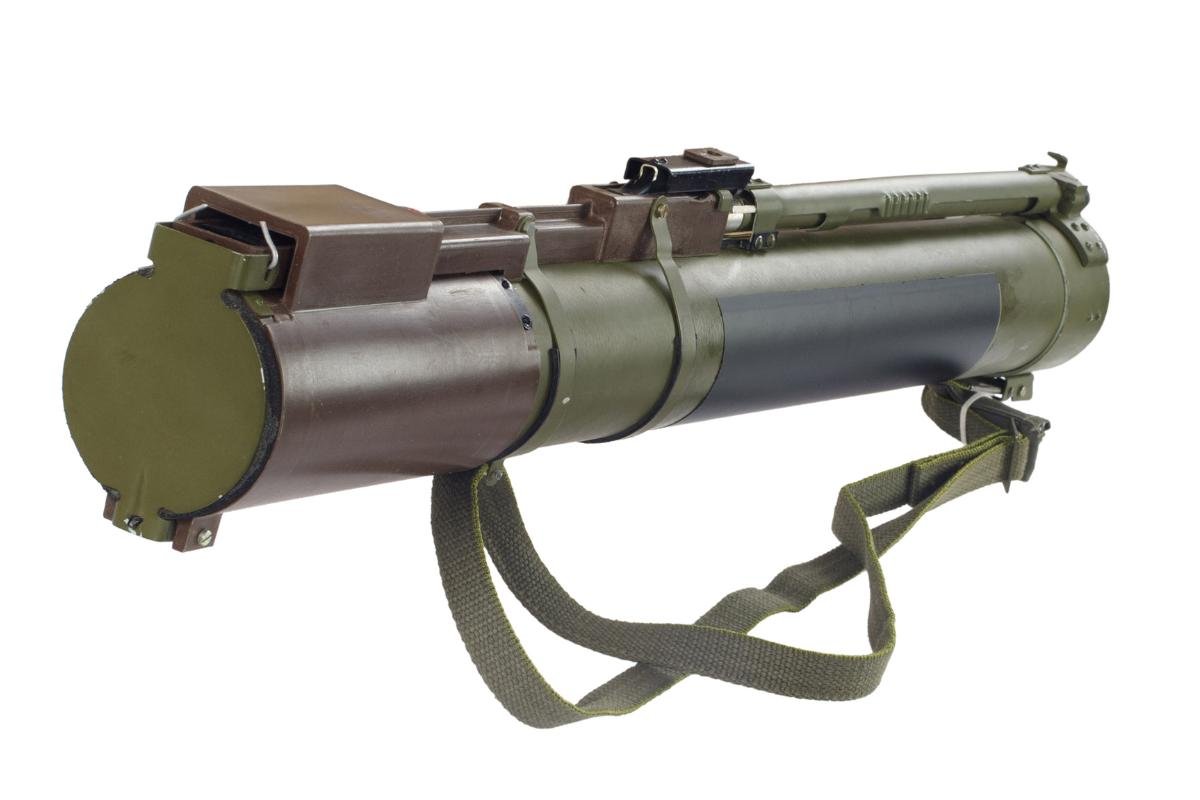Blast exposure from firing heavy weapons potentially causing unrecognized brain injuries
By Amanda Cheney Zitting. This article was initially published in our Concussion Update newsletter; please consider subscribing.
Repeated blast exposure from firing heavy weaponry such as cannons, mortars, shoulder-fired rockets, and even large-caliber machine guns is causing long-term injury to the brains of our military service members. The New York Times reported on the military’s struggle to understand the life-changing mental and physical problems U.S. troops face as a result of blast exposure. (The story was also published without the accompanying photographs and video on Y!News.)
The investigation by New York Times journalists Dave Philipps and Matthew Callahan revealed that many of the troops sent to bombard the Islamic State in 2016 and 2017 returned home with nightmares, panic attacks, depression, and even hallucinations. Unfortunately, these symptoms have led many U.S. veterans to feel cursed, struggling to pay bills and function in society, punishment for misconduct–including losing their veteran health benefits, ending up homeless, and causing a staggering number to take their own lives. These gun crews went through testing and questionnaires to determine what had happened in Syria and Iraq, with one common denominator: they all had deployments with a high number of artillery rounds fired. At the time, the U.S. decided to avoid sending in large numbers of troops on the ground, deciding instead to deploy a small number of troops that fired tens of thousands of high-explosive shells. This is significantly more rounds per crew than any American Artillery had fired since the Vietnam War, experts say.
Although Military guidelines may say this is safe, the outcome of these troops says otherwise. More than half of these Marines eventually received diagnoses of traumatic brain injuries from the high number of rounds fired each day. Instead of acknowledging these findings, the military treated the crew’s combat injuries as psychiatric disorders such as ADHD, PTSD, depression, etc.––if they were even treated at all. Many of these troops were given other-than-honorable discharge due to (blast-induced) behavior issues and misconduct, cutting them off from “access to therapy, medication, disability payments and other support intended for wounded veterans.”
Evidence suggests that although singular blast exposures in themselves may not create obvious brain injury, repeated exposure creates scarring that causes neural connections to fail. Phillips and Callahan reference a 2016 study by Gu et al. at the University of Missouri that exposed mice to blasts “just above the military’s official safety level.” Within a couple of days of exposure, the mice were building ramshackle nests and having trouble finding their way through mazes. Upon dissection, the mice’s brains did not show visible damage, but under an electron microscope, the researchers observed widespread damage: myelin sheathing (which insulates the axons) in tatters and large numbers of dead mitochondria, which provide energy for the cells. While mice and humans are different, and “techniques are not yet available to detect microscopic trauma in living brains,” this research does indicate the potential for widespread microscopic damage from blast exposure.
Phillips and Callahan found that, for the troops exposed to blasts, the damage leads to signs similar to concussion, such as sleeplessness, depression, anxiety, and other symptoms that may appear similar to PTSD. When asked about her own experiences after losing her husband, a Sergeant, to suicide, Lindsey James said, “The man who deployed never really came back.” For many, the lives of these veterans and their families will never be the same. This report gives a small insight into what many of our service members suffer through once they return home, as well as the complexities that come with getting and understanding diagnoses around brain injuries.
Call for study participants: military veterans who have had concussions and/or a traumatic brain injury, including any injury to your head or neck that caused you to lose consciousness or feel dazed/confused/experience a gap in memory. This includes brain injury resulting from exposure to blasts. Your participation in research could help inform the future of TBI treatment for fellow veterans.
Eligibility: it’s been at least one year since your military service, and you are willing to participate in a 4-5 hour study visit in EITHER New York City OR Seattle, Washington. A study visit will include a brief set of thinking tests, an interview with surveys, a blood draw, and an MRI scan.
Participants will receive a copy of their MRI scan and research visit summary, be compensated for their time participating in the study, and be given modest support for travel expenses (e.g., ground transportation to the study site) upon request. Read our blog post for more information.


